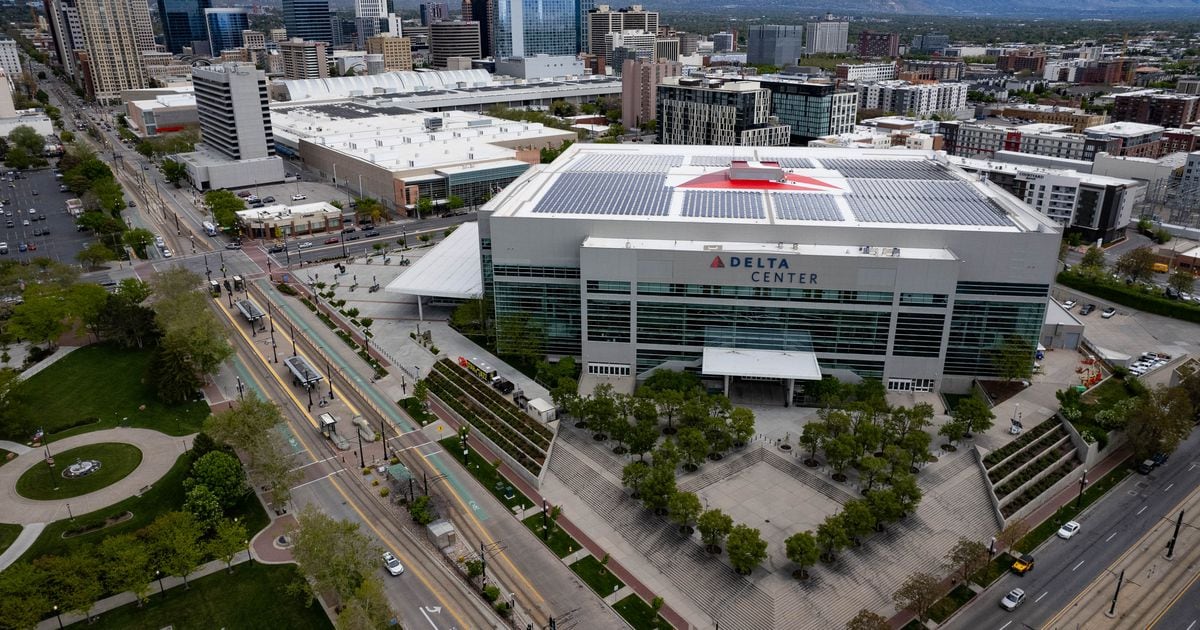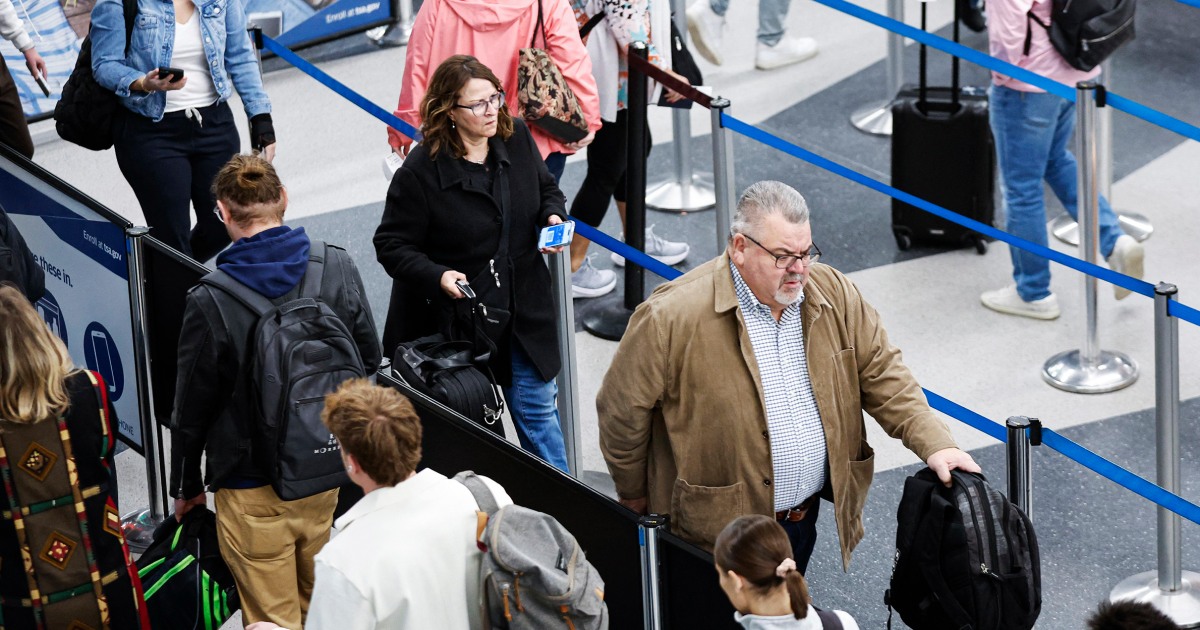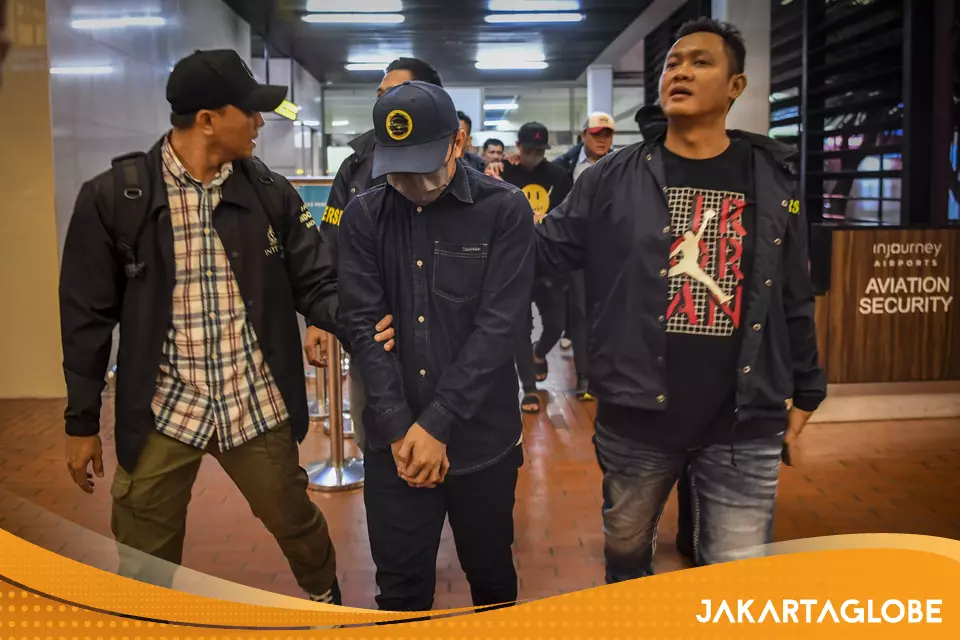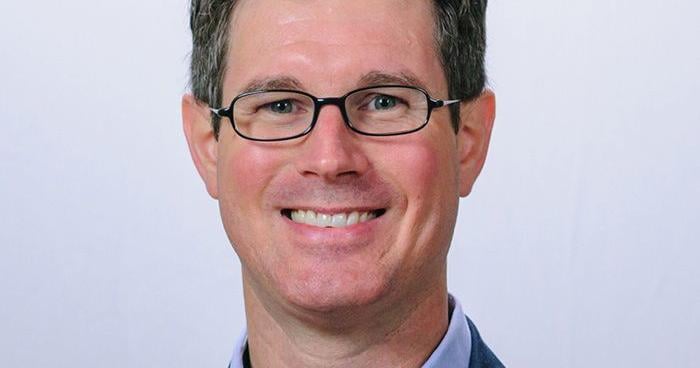The average Salt Lake City household will pay about as much for the new downtown sports and entertainment district as they would pay for a monthly Netflix subscription or a large pizza — or, for some, the difference between keeping the lights on or not.
Assuming the Salt Lake City Council approves raising the sales tax in the city by 0.5 percentage points, the average tax burden will grow by $220.87 per year, or $18.41 a month, according to calculations by The Salt Lake Tribune and reviewed by people familiar with tax policy and the budget process.
That may not sound like much, but low-income advocates contend that helping to pay for a hockey arena and entertainment district will only add to the strain on families already squeezed by high housing costs and inflation.
“For the people we serve, they cannot afford it,” said Bill Tibbitts, deputy director of the Crossroads Urban Center, which runs an emergency food pantry in Salt Lake City and advocates for low-income Utahns.
Many of Crossroads’ clients are struggling to keep a roof over their heads, food on the table and the power on. Last month, Crossroads served more than 10,000 people at its emergency food pantry for the first time in its more-than-50-year history.
“If they saved up the money that they’re going to be paying in sales tax for several months, they won’t be using it to buy hockey tickets,” he said. While the added tax burden might seem small, “if you’re $5 short to pay the rent this month, $5 is a lot of money.”
The average NHL hockey ticket costs around $94, according to the ticketing site SeatGeek, but prices can vary dramatically.
Making the case for the tax
Salt Lake City Mayor Erin Mendenhall’s spokesperson, Andrew Wittenberg, said the new downtown district will “generate immense public benefits” for future Salt Lakers and called it a “generational opportunity” for the city and is about “maximizing the potential of our downtown core.”
“Public financing in this district will not benefit the Delta Center alone,” he said. “It will reshape the downtown core to improve east-west connectivity, enhance streetscapes, drive economic activity and, importantly, create an additional inviting space for families downtown.”
(Trent Nelson | The Salt Lake Tribune) Mayor Erin Mendenhall listens as Smith Entertainment Group’s Mike Maughan speaks to the Salt Lake City Council on a plan to transform downtown with a multibillion-dollar sports and entertainment district, during their meeting on Tuesday, May 21, 2024.
Last week, Gov. Spencer Cox said he supports Salt Lake City residents paying for the new district.
“I think it’s brilliant, the way that it all came together, especially when you look at what’s been done in many other locations across the country. This is very different and very unique,” he said.
“You’re right, in Salt Lake City there is a chance that it will go up, Salt Lake’s locally elected officials will get to make that decision and I think that’s a very important distinction,” Cox said at his monthly news conference.”And also, Salt Lakers are going to benefit the most from it, because it’s not just an arena. It’s going to be a huge benefit for everyone who lives here, works here, shops here. … I think that’s the way to do it, not to tax people in Kanab for, you know, for a change in downtown Salt Lake City.”
At a city council meeting earlier this month, Mike Maughan, who is managing the project for Ryan Smith’s Smith Entertainment Group, said that while a portion of the tax revenues will go toward renovating the Delta Center, “I want to be very clear — a lot of that money will also go to the development of this downtown district.”
In addition, he said, SEG will be putting billions of additional dollars into the district.
He also touted the benefits of the two teams — the Utah Jazz and the new NHL hockey team — and the Delta Center to the city. In 2022, a study put the economic impact of the Jazz at $326 million for the city. A study for Smith’s group said the hockey team will bring an additional $288 million of economic impact to the city annually.
Under a law passed during this past legislative session, the Salt Lake City Council is allowed to increase the city’s sales tax by 0.5 percentage points on all purchases except for food, gas and the purchase of cars, aircraft, boats and mobile or modular homes.
The funds can be used to renovate the Delta Center, provide for public safety in the zone and to build roads, walkways and buildings, including the Salt Palace Convention Center and Maurice Abravenel Hall.
How much of the tax revenue will go directly to Smith’s group is not specified in the law. Maughan has said on several occasions that SEG’s share is capped at $900 million, but that provision was taken out of the final version of the legislation, leaving the limit to be decided in SEG’s participation agreement with the city.
A spokesperson for SEG said the participation agreement, which is still being finalized, will include the $900 million cap.
Smith and the mayor have until Sept. 1 to send its proposal for the district to the city council and a Revitalization Zone Committee made up of members appointed by legislative leadership and the governor. The council will then have 14 days to endorse or reject the plan. If it’s endorsed, it would next be approved by the Revitalization Zone Committee and the final official vote by the council.
After that, the city can start collecting the taxes — provided opponents can’t gather enough signatures to challenge it through a ballot referendum.
How the tax burden is calculated
(Ryan Smith via X) Utah Jazz owner Ryan Smith posted this rendering of the proposed downtown sports and entertainment district on X on Tuesday, Feb. 27, 2024.
The city’s finance department has not calculated exactly how much the added sales tax might generate, but legislative fiscal analysts put the figure at $54 million a year — a number that will grow as the city’s population and economic activity grow in the years ahead.
But that $54 million won’t come solely from Salt Lake City residents. In past years, city officials have estimated that as much as 60% of all the sales tax collected by the city is paid by either commuters, tourists or shoppers who live in the surrounding area.
Assuming that figure is correct, city residents would be paying about $21.6 million of the total annual estimate.
The demographers from the University of Utah’s Kem Gardner Policy Institute put the population of the city proper at 218,518 people as of 2023 and 97,795 households in the city.
So that $21.6 million tax increase spread across those households means each household will be paying $220.87 annually, or about $18.41 a month.
This is, of course, a rough average. Those households that spend more on goods in the city will pay more, and those who spend less will pay less.
Rusty Cannon, president of the Utah Taxpayers Association, a business-backed tax watchdog, said the calculation seems reasonable.
His group has frequently opposed tax hikes in the past, but in this instance his organization is neutral. Ideally, he said, the best way to pay for stadium renovations would be through user fees — a fee tacked onto the price of a ticket, similar to airport fees charged when passengers take a trip — but the fee would have to be so impractically large to raise enough money.
The problem with the sales tax increase, he said, is when different small tax hikes get stacked on top of each other — a 0.55% transit tax; the 0.5% tax the city added in 2019 to compensate the city for being home to the new state prison; the 0.1% Zoo, Arts and Parks tax levied by the county.
If the council ultimately approves the tax, it would take the city’s sales tax rate from 7.75% to 8.25%.
“It’s death by a thousand cuts,” Cannon said. “It adds up and every time someone tries to pass one of these and we oppose it they’re like, ‘Come on, man, it’s ten basis points,’ but it all adds up.”
With the Fairpark District that was also created by the Legislature in hopes of luring Major League Baseball to the city, Cannon said, there is an even better argument, because much of the area surrounding the proposed ballpark is blighted and would benefit from the investment.
But Cannon said that there are still benefits that come from having a bigger, better arena for hockey and the Utah Jazz, which is why his association opted not to resist the increase.
Revitalization or gentrification?
Maurice Hickey, executive director of the group Voices For Utah Children, an advocacy group for Utah kids, sees an irony in the fact that legislators are eager to tout a small cut to the state income tax — saving the average Utah household about $67 a year — and then passing the buck when it comes to a significantly larger tax increase for Salt Lake City residents.
(Francisco Kjolseth | The Salt Lake Tribune) Abravanel Hall and the Salt Palace Convention Center is pictured on Friday, May 10, 2024.
The sales tax, he said, is extremely regressive, meaning low-income people end up paying a larger percentage of their income than wealthier households.
“It’s going to hit low-income families harder,” he said. “Using the sales tax, even though it’s the only real tool available to Salt Lake City, really does have an impact on lower-income families.”
He is also concerned about how much the investment in the downtown district will actually benefit the community — whether there will be a focus on affordable housing and whether the labor force working at the arena will actually be able to make a livable wage.
“To me, that’s the key thing. Is it actually going to be gentrifying or is it revitalizing and bringing families back into the community and providing affordable housing, etcetera, etcetera,” he said. “All of these things should be part of the conversation if it truly is revitalization.”
Likewise, Tibbitts is watching to see if the city will stick to a Community Benefit Policy it put in place in March designed to ensure that, when the city approves higher density, it ensures a portion of the new units are affordable to lower-income residents.
Otherwise, he said, the city runs the risk of making the already challenging housing costs even more unaffordable.
“For the people we serve in our food pantries, it’s a struggle to have enough money to put gas in your car; it’s a struggle to have enough money for a bus pass; and it’s a struggle to pay all the different bills,” he said. “One of the things we do is help a few families each month keep the power on in their home. Over the course of the year, the type of money you’re talking about [with the new tax] is enough to pay a couple months’ heating bills.”
Editor’s note • This story is available to Salt Lake Tribune subscribers only. Thank you for supporting local journalism.









